Welcome, Mythsters, to another blog episode! This week, following our episode 4 podcast, we’ll be taking a closer look at some of the dragons of Korean mythology. The ones we didn’t get to cover in the podcast. Because we know you need that dragon fuel just as much as us.
As we mentioned in Episode 4, Korean dragons were intimately tied in with spiritual symbolism and power. We also mentioned how Korean mythology was influenced by and rooted in Chinese and Buddhist legends and myth. Not for long, mind you. The Koreans made it their own, adapting and changing these influences to mix into their own shamanism culture and beliefs, called Shinism.
Another interesting aside of the dragons within Korean mythology is how they frequently seem to be living on Earth, having wives and children. Along with several notions of the same type of dragon being more than one individual, having male and female. Korean mythology seems to show them as being a thriving community, accepting them as part of this world as much as trees or animals are.
So without too much of a delay, let’s hop in, shall we?

Dragon and Tiger, Korean Lantern Festival by Mathew Schwartz 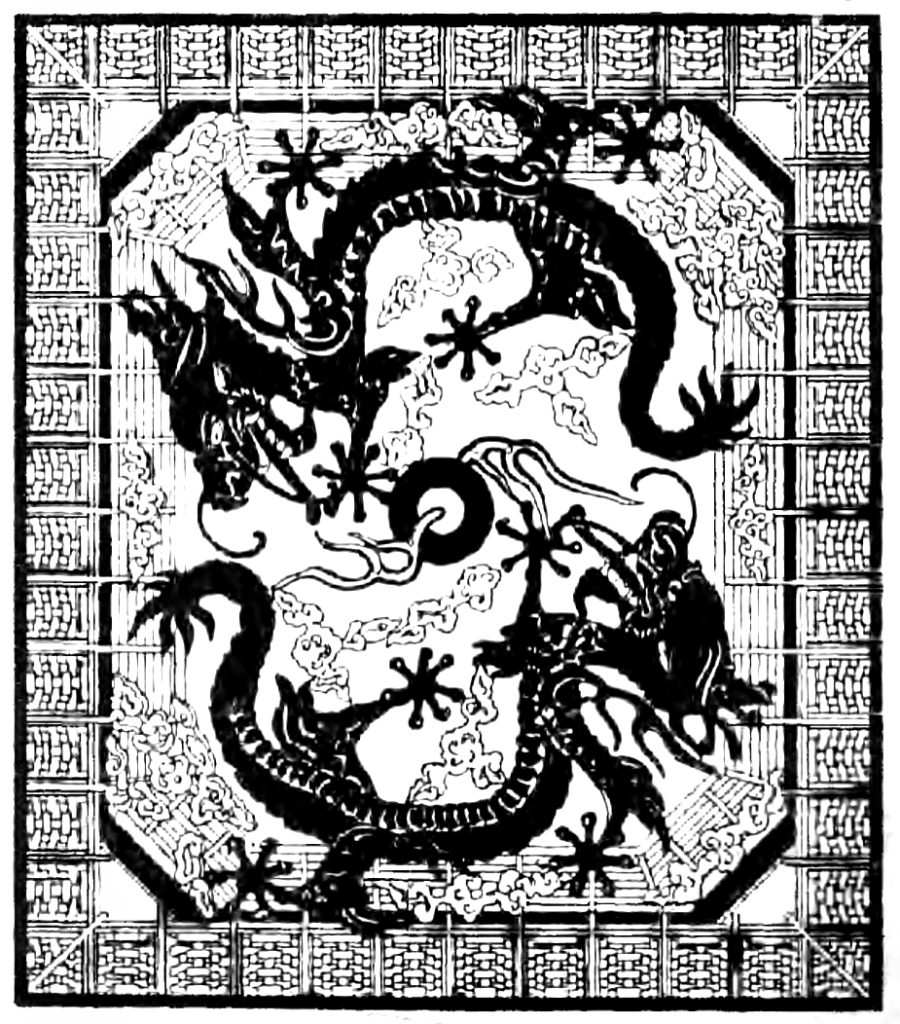
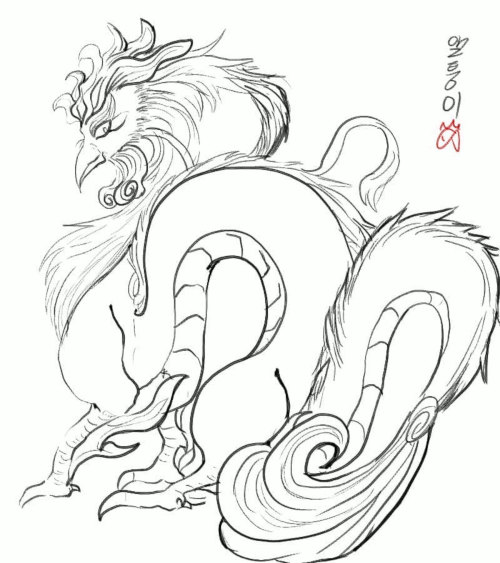
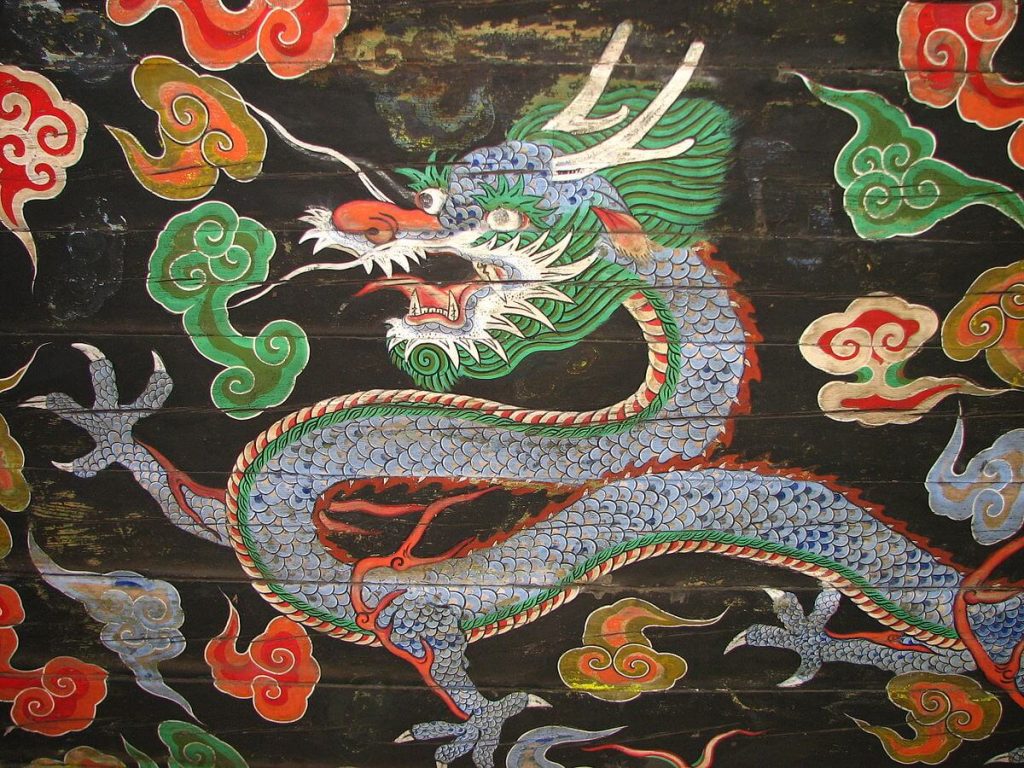
by sean in japan / CC BY-SA (https://creativecommons.org/licenses/by-sa/2.0) 
by sean in japan / CC BY-SA (https://creativecommons.org/licenses/by-sa/2.0) 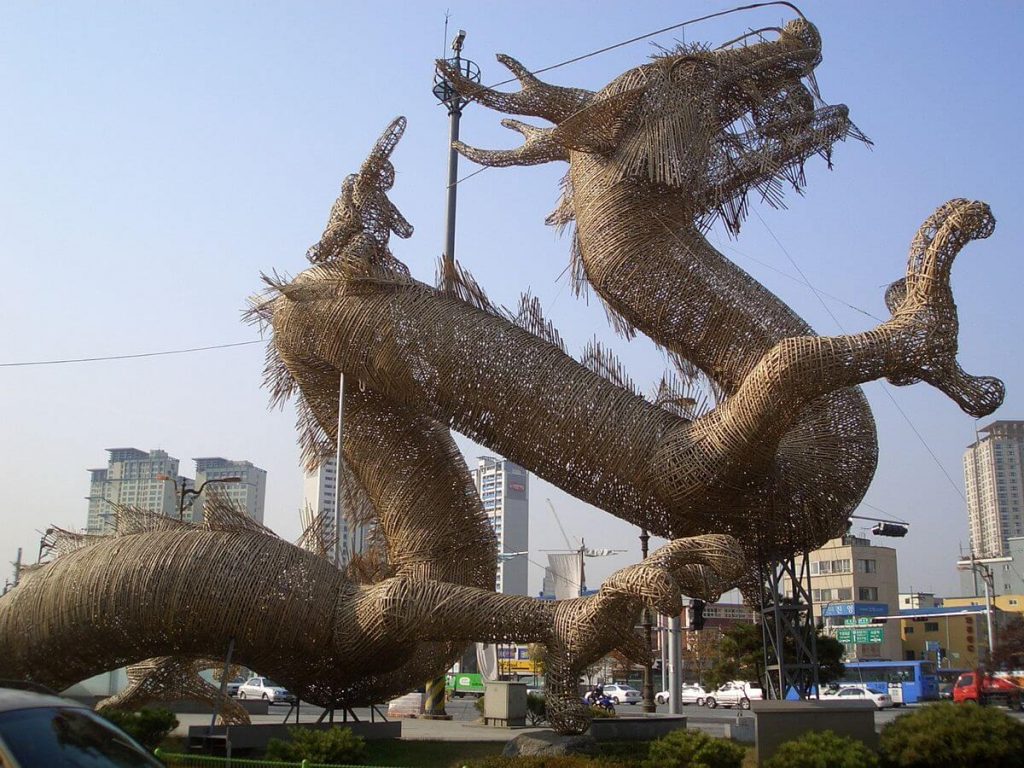
Himasaram / CC BY-SA (http://creativecommons.org/licenses/by-sa/3.0/) 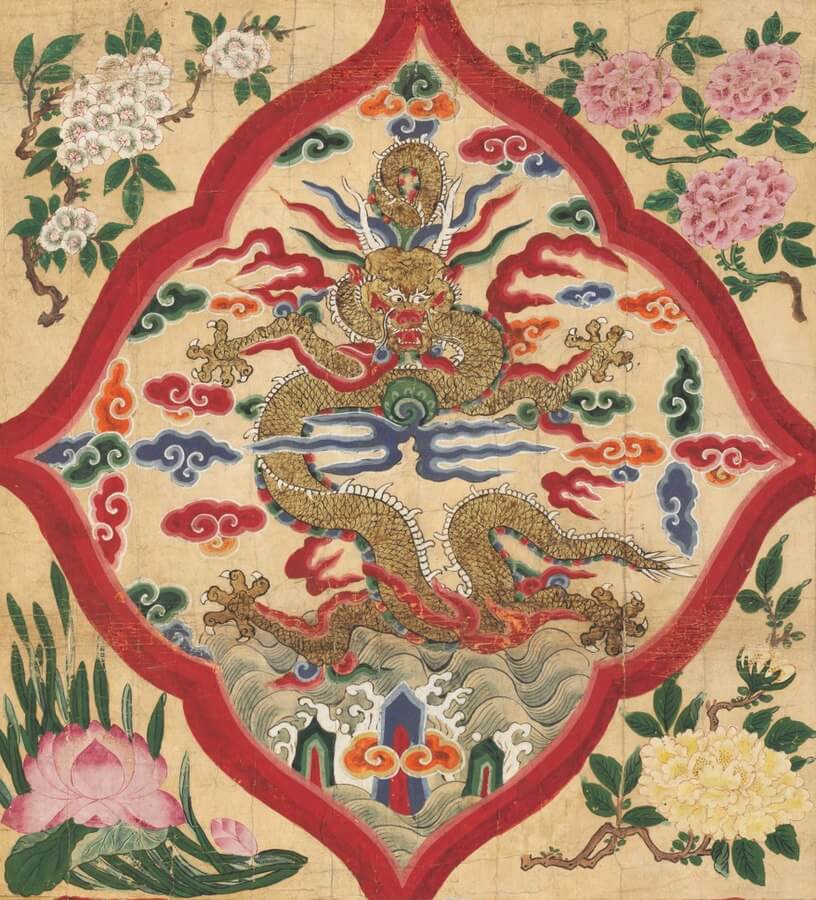
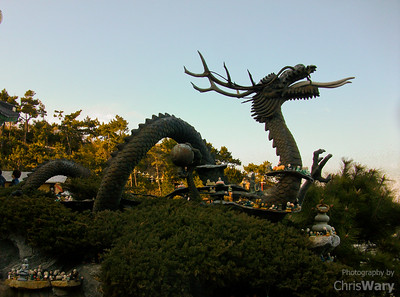
https://www.flickr.com/photos/43346385@N04/6215472308
Spirits
Of the dragons we’ve encountered, almost all of them seem to be spirits. Usually elemental spirits, guarding or protecting an area of natural territory. Some were earth spirits, guarding mountains, while others were water spirits, guarding the seas to protect kingdoms as well as rivers and ponds. Aside from the elements of these spirits, dragons also came in a variety of colours to match what they represented.
The Blue Dragon of the East Sea, Cheongnyong, is one of the four Dragon Kings of the seas in both Chinese and Korean mythology. His counterpart is the Dragon King of the West Sea. Sources interchange East and West within the same story, however, and it’s not clear who is whom. Since Korean mythology has these two Dragon Kings, it is likely they have the Dragon Kings of the North and South seas as well. Finding them, however, has proven difficult.
Other colours of dragons named include hwangyong, the Yellow Dragon, who resided in a village pond named Yongso, or Dragon Pond. Then we have the Black Dragon, heungyong, and the White Dragon, baengyong.
Triplet Stars
A great example of the fusion of cultures and beliefs lies in the tale of the Triplet Stars, what we now call the constellation of Orion. The story begins with the birth of triplet sons, whose father had died before they came into the world. They followed what seemed to be a humble life of learning, reminiscent of Buddhist monks until the day came when the sun went out. Indeed, the sun had disappeared, thanks to a black dragon.
Now, before we get into this, it’s good to know that the triplets were born by the swamps of Heungnyongdam, or Black Dragon Lake. It turns out that there were two black dragons, male and female, fighting in the sky. The female swallowed the sun and the male chased after her.
Being the humble and noble men they were, they challenged the dragons. The female regurgitated the sun while the male made a break for it and escaped to Heungnyongdam before the triplets could kill him as well. For their efforts, the triplets ascended to the sky and became stars, the Triplet Stars, to protect the sun from the surviving black dragon.
Dragon of Baekje
We mentioned the Kingdom of Silla in our gye-lyong Patreon post and the Dragon Kings of the East Sea and of Silla in our podcast, but there is another royal dragon in Korean mythology: The King of the ancient kingdom of Baekje. Sadly, it’s not a triumphant nor glorious story.
The king of Baekje transformed into a dragon to protect his kingdom against an attack by the Tang dynasty of China, occupying a river called Sabi. But the General of the Tang army was smart. He learned that the king dragon’s favourite food was that of a white horse. The General prepared a white horse and latched a piece of its meat onto a fishing rod. Through this tactic, the General caught the dragon king and slayed him.
Another version of this story is that of King Mu. In one take of the King Mu version, his son is taken hostage by the Tang and King Mu brings up a storm in fury. The General who battles the dragon here is told about the white horse by the King’s daughter, and in another version, by the King’s concubine. In these versions, the General is the King’s son-in-law.
Dragon Places
Like with Japan, dragons are still an important part of Korean life. And we see this in many locations named after dragons. As mentioned above with dragons being spirits, these named places may indicate that a dragon spirit resides there.
The more iconic of these is Gyeryongsan, a mountain in Chungcheongnam-do, South Korea. This mountain, named after the chicken-dragon, also hosts two dragon pools which we cover in our gye-lyong Patreon post. Then there’s Heungnyongdam, Black Dragon Lake, where a black dragon resides. There are also temples named after dragons, and wells, for examples of man-made structures. One need only to look to find these divine spirits among us.
But that’s all we have for now. If you know of any more dragons in Korean mythology and folklore, please leave us a comment or reach out through any of our social media. So until next time,
Later, Mythsters!
Sources
- Encyclopedia of Korean Folk Literature, By The National Folk Museum of Korea (South Korea)
- Dragons and Dragon Lore, by Ernest Ingersoll
- Tales of Pyongyang, by Foreign Languages Publishing House

Anike Kirsten
Anike lives in the dead centre of South africa, an area called the Bo-Karoo, where she looks for spiders for fun. She is a writer, illustrator, mother, wife, and nerd-geek hybrid. Anike enjoys all forms of science fiction, fantasy, and horror. Well, almost all forms. Not romance. And loves stories from her home country. She is also one of the Mythster voices who may or may not go off the rails about something or another.

Be First to Comment